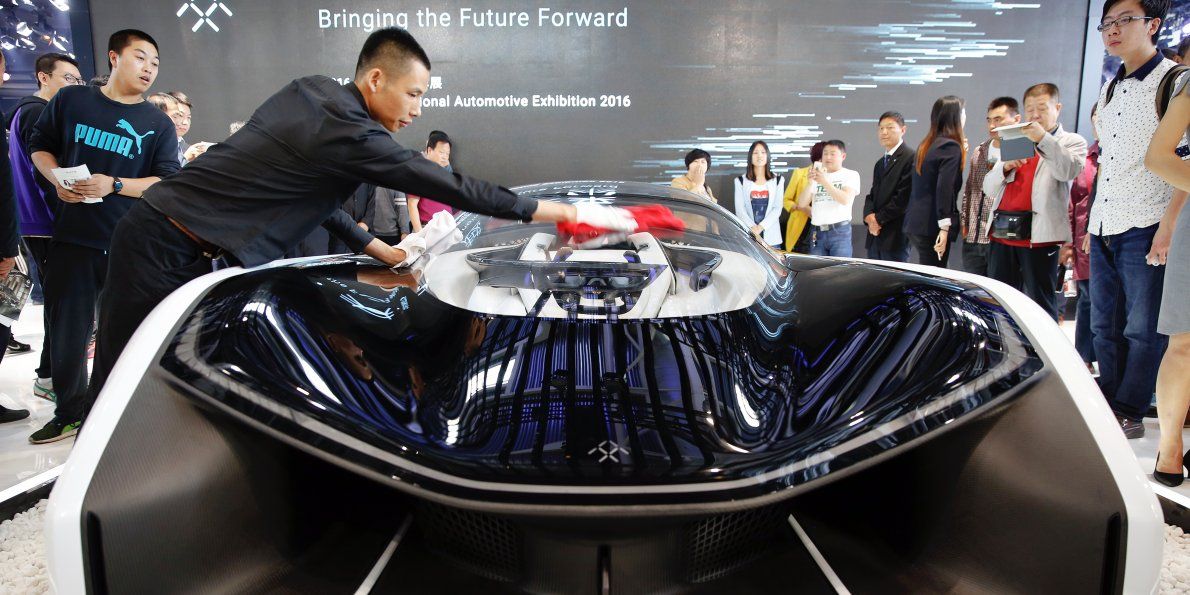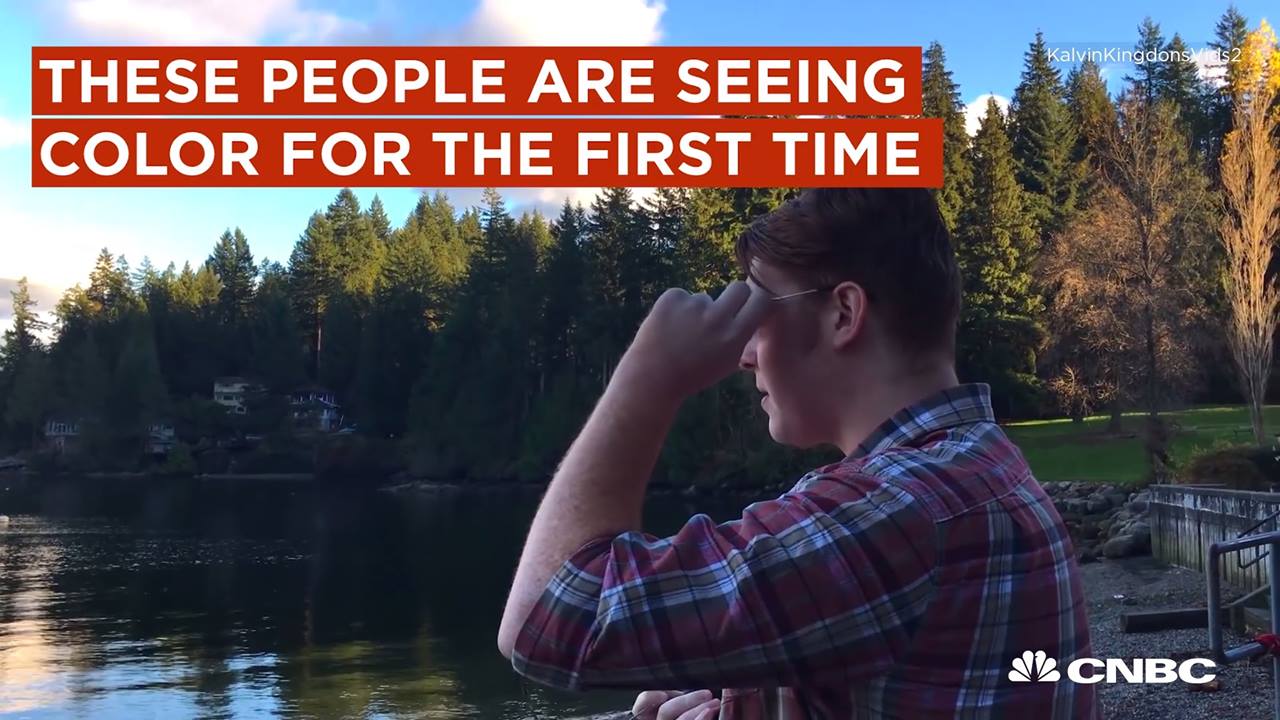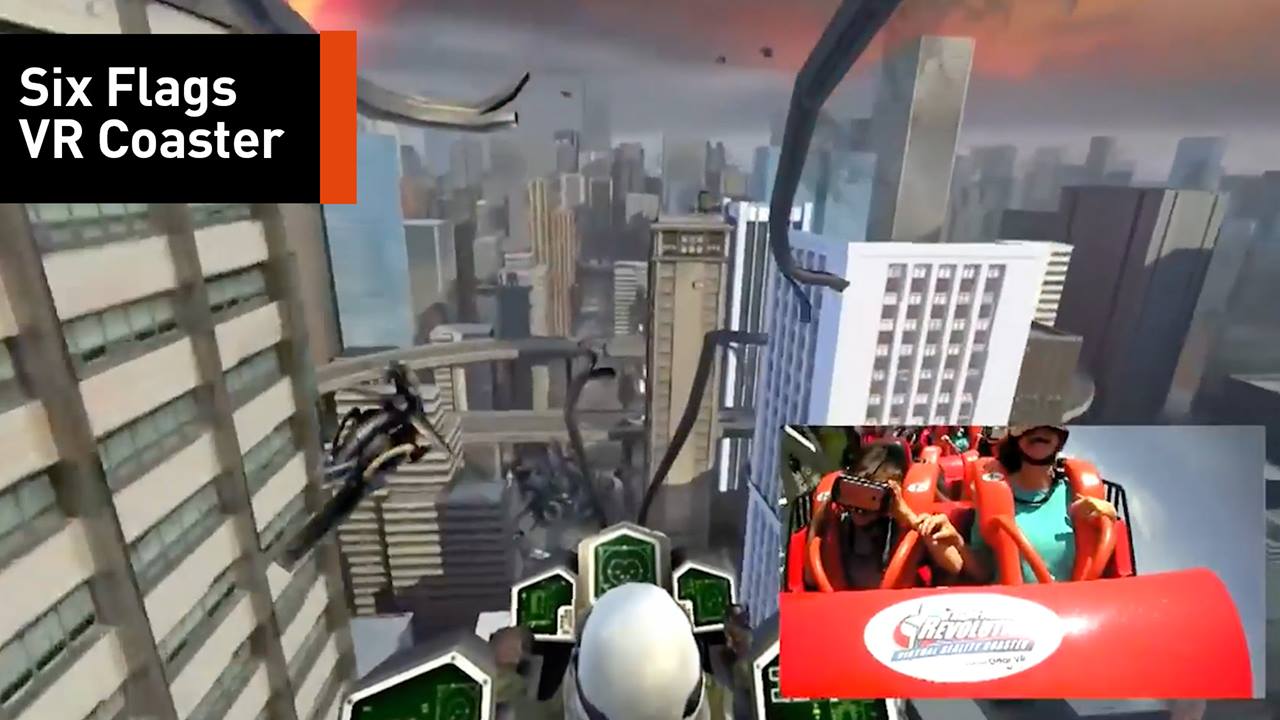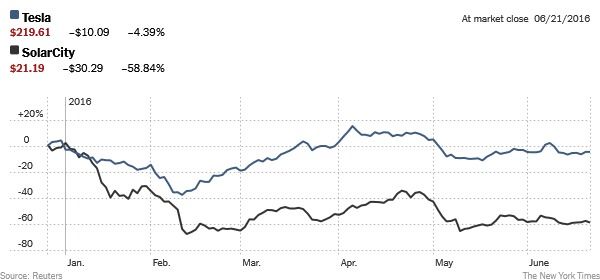Page 11441
Jun 21, 2016
Faraday Future gets approved to test self-driving electric cars in California
Posted by Shailesh Prasad in categories: robotics/AI, transportation
DETROIT (Reuters) — Faraday Future plans to begin testing prototype self-driving electric vehicles on California roads later this year after winning approval from the state, an industry source said on Tuesday.
The China-backed, Los Angeles-based startup plans to begin building and selling electric vehicles next year in the United States, but has not disclosed details of its self-driving program.
A spokesperson from the California Department of Motor Vehicles on Tuesday confirmed that Faraday had been approved to test self-driving vehicles on public roads on June 17.
Continue reading “Faraday Future gets approved to test self-driving electric cars in California” »
Jun 21, 2016
Detachable plane cabin could save lives
Posted by Shailesh Prasad in category: transportation
Jun 21, 2016
Glasses that let the color blind see color
Posted by Shailesh Prasad in category: futurism
Jun 21, 2016
Virtual Reality Rollercoaster
Posted by Shailesh Prasad in categories: space travel, virtual reality
Jun 21, 2016
Elon Musk Aims to Shore Up SolarCity by Having Tesla Buy It — By Michael J. de la Merced and Peter Eavis | The New York Times
Posted by Odette Bohr Dienel in categories: business, Elon Musk, energy, environmental, sustainability, transportation
” … Tesla Motors said on Tuesday that it had offered to buy SolarCity in an all-stock deal, one that could value the latter at as much as $2.8 billion. The aim, Mr. Musk argues, is to create a renewable-energy giant, collecting clean electricity and putting it to work propelling cars.”
Tags: Electric vehicles, SolarCity, Tesla
Jun 21, 2016
Mechanisms that keep reality coherent
Posted by Karen Hurst in category: quantum physics
Quantum physics applies Hilbert spaces as the realm in which quantum physical research is done. However, the Hilbert spaces contain nothing that prevents universe from turning into complete chaos. Quantum physics requires extra mechanisms that ensure sufficient coherence.
Reality has built-in principles. If you understand these built-in principles, then these principles teach a lesson.
The foundation of reality already supports the built-in principles. A foundation must have a simple structure and that structure must be easily comprehensible. It must install restrictions such that extension of the foundation runs according predetermined lines that preserve sufficient coherence, such that the installed principles are keeping their validity. This makes the discovery of the foundation a complicated affair, because not every simple structure will provide these requirements. Still a sensible candidate for such foundation was discovered eighty years ago. It is a relational structure and it discovery was reported in 1936. The structure implements a law of reality. That law cannot be phrased in the form of a formula, because the relational structure only contains unnamed elements and it defines tolerated relations between these elements. Thus the relational structure does not contain numbers that could be used as variables in the formula.
Jun 21, 2016
China’s pioneering quantum satellite launch slips to August
Posted by Karen Hurst in categories: quantum physics, satellites
Oh no; China has slipped by a month.
Launch of the world’s first quantum communications satellite will take place in August, the leader of China’s space science program has said.
Dr Wu Ji of the National Space Science Centre (NSSC) under the Chinese Academy of Sciences (CAS), told reporters in Beijing while updating on space science missions (link in Chinese).
Continue reading “China’s pioneering quantum satellite launch slips to August” »
Jun 21, 2016
Structure-mapping engine enables computers to reason and learn like humans, including solving moral dilemmas
Posted by Andreas Matt in categories: computing, ethics, neuroscience
Northwestern University’s Ken Forbus is closing the gap between humans and machines.
Using cognitive science theories, Forbus and his collaborators have developed a model that could give computers the ability to reason more like humans and even make moral decisions. Called the structure-mapping engine (SME), the new model is capable of analogical problem solving, including capturing the way humans spontaneously use analogies between situations to solve moral dilemmas.
“In terms of thinking like humans, analogies are where it’s at,” said Forbus, Walter P. Murphy Professor of Electrical Engineering and Computer Science in Northwestern’s McCormick School of Engineering. “Humans use relational statements fluidly to describe things, solve problems, indicate causality, and weigh moral dilemmas.”
Jun 21, 2016
A Promising Anti-Aging Drug Will Soon Be Tried On Humans
Posted by Montie Adkins in categories: biotech/medical, health, life extension
Washington University in St. Louis and Keio University in Japan is set to test the effectiveness and safety of the compound. Starting next month, about 10 healthy people will be administered NMN to see if can improve bodily function and stave off the effects of aging. Should it work, it would become the first bona fide anti-aging intervention available on the market.
A compound called nicotinamide mono nucleotide (NMN) has been shown to slow down the aging process and extend the lifespans of mice. We’re about to find out if it does the same thing to humans.
A planned clinical trial devised by researchers from Washington University in St. Louis and Keio University in Japan is set to test the effectiveness and safety of the compound. Starting next month, about 10 healthy people will be administered NMN to see if can improve bodily function and stave off the effects of aging. Should it work, it would become the first bona fide anti-aging intervention available on the market.
Continue reading “A Promising Anti-Aging Drug Will Soon Be Tried On Humans” »
















